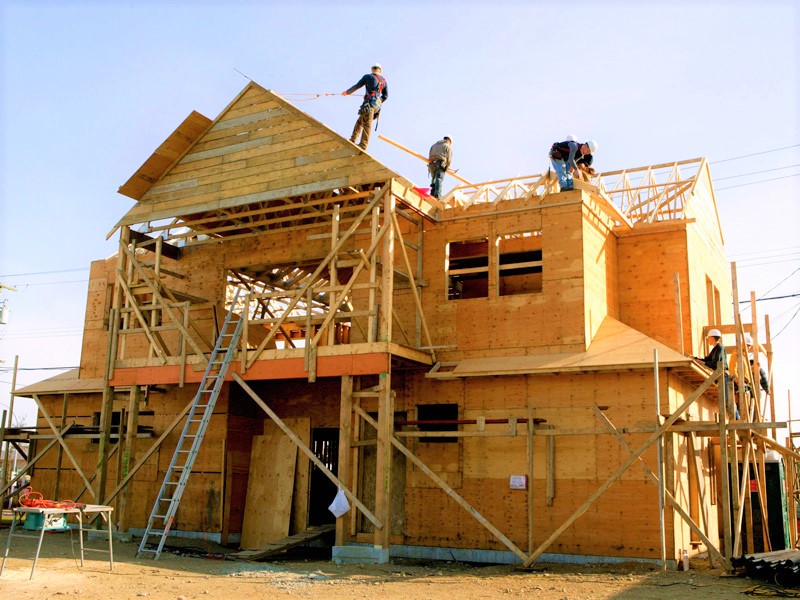Welcome to our ultimate guide to renovating your home! Whether you’re a first-time homeowner or have been living in your house for years, we know that the process of renovating can be daunting. But fear not, we’re here to guide you through the construction and building edition of your renovation journey.
Before we dive in, it’s important to note that renovating your home can be a big investment, both in time and money. However, with proper planning and execution, the end result can be a dream come true. With that said, let’s get started!

Planning Your Renovation
Before you start knocking down walls or ripping up floors, it’s important to have a solid plan in place. Start by considering the purpose of your renovation. Are you looking to create more space? Update outdated features? Improve energy efficiency? Whatever your reason, clearly defining your renovation goals will help guide your decisions throughout the process.
Next, set a realistic budget for your project. Consider the cost of materials, labor, and any unexpected expenses that may arise. It’s also important to factor in any permits or licenses that may be required for your renovation.
Once you have a clear plan and budget in place, it’s time to start researching and gathering inspiration for your renovation. Look for design ideas that align with your goals and budget. Social media platforms like Pinterest and Instagram can be great sources for inspiration, as well as home renovation magazines and websites.
Hiring a Contractor
When it comes to renovating your home, hiring a contractor is often necessary to ensure the job is done safely and correctly. When choosing a contractor, do your research and ask for recommendations from family and friends. Look for a licensed and insured contractor with experience in the type of renovation you’re planning.
Before hiring a contractor, be sure to get a detailed contract outlining the scope of work, timeline, and payment schedule. It’s also important to discuss any potential issues or changes that may arise during the renovation process.
Demolition and Construction
Once you have a plan in place and a contractor on board, it’s time to start the demolition and construction process. This can be the messiest and most disruptive part of the renovation, but it’s also the most exciting as you start to see your vision come to life.
During the demolition phase, it’s important to take the necessary precautions to protect your home and belongings. Cover floors and furniture with protective materials, and seal off rooms that won’t be renovated to prevent dust and debris from spreading.
Once the demolition is complete, the construction phase can begin. This typically involves framing, electrical and plumbing work, insulation, and drywall installation. It’s important to keep a close eye on the progress of the construction to ensure it stays on track with the agreed-upon timeline.
Finishing Touches
Once the construction phase is complete, it’s time for the finishing touches. This can include installing flooring, painting, and adding fixtures and appliances. It’s important to take your time during this phase to ensure the details are done right.
Before moving back into your renovated space, be sure to thoroughly clean and inspect the work to ensure it meets your expectations. Don’t be afraid to speak up Communicate with Your Contractor or Builder. Effective communication with your contractor or builder is key to a successful renovation project. Keep them informed of any changes to your plans, and make sure you understand their expectations and timelines. Ask questions and address any concerns you have as they arise.
Conclusion
In conclusion, renovating your home can be a daunting task, but with proper planning and execution, it can also be incredibly rewarding. By following these steps and working with a reputable contractor, you can create a beautiful and functional space that you’ll love for years to come.